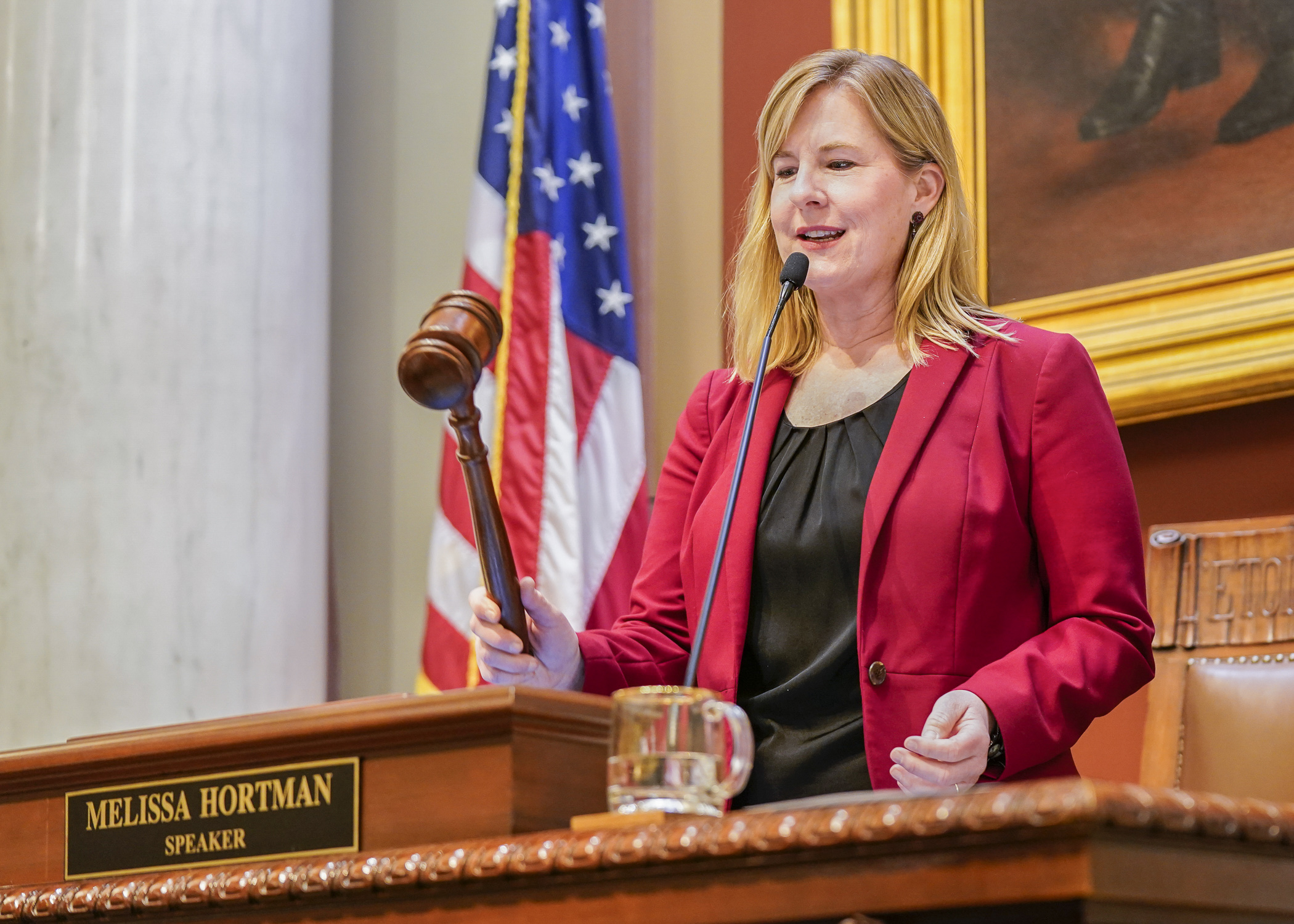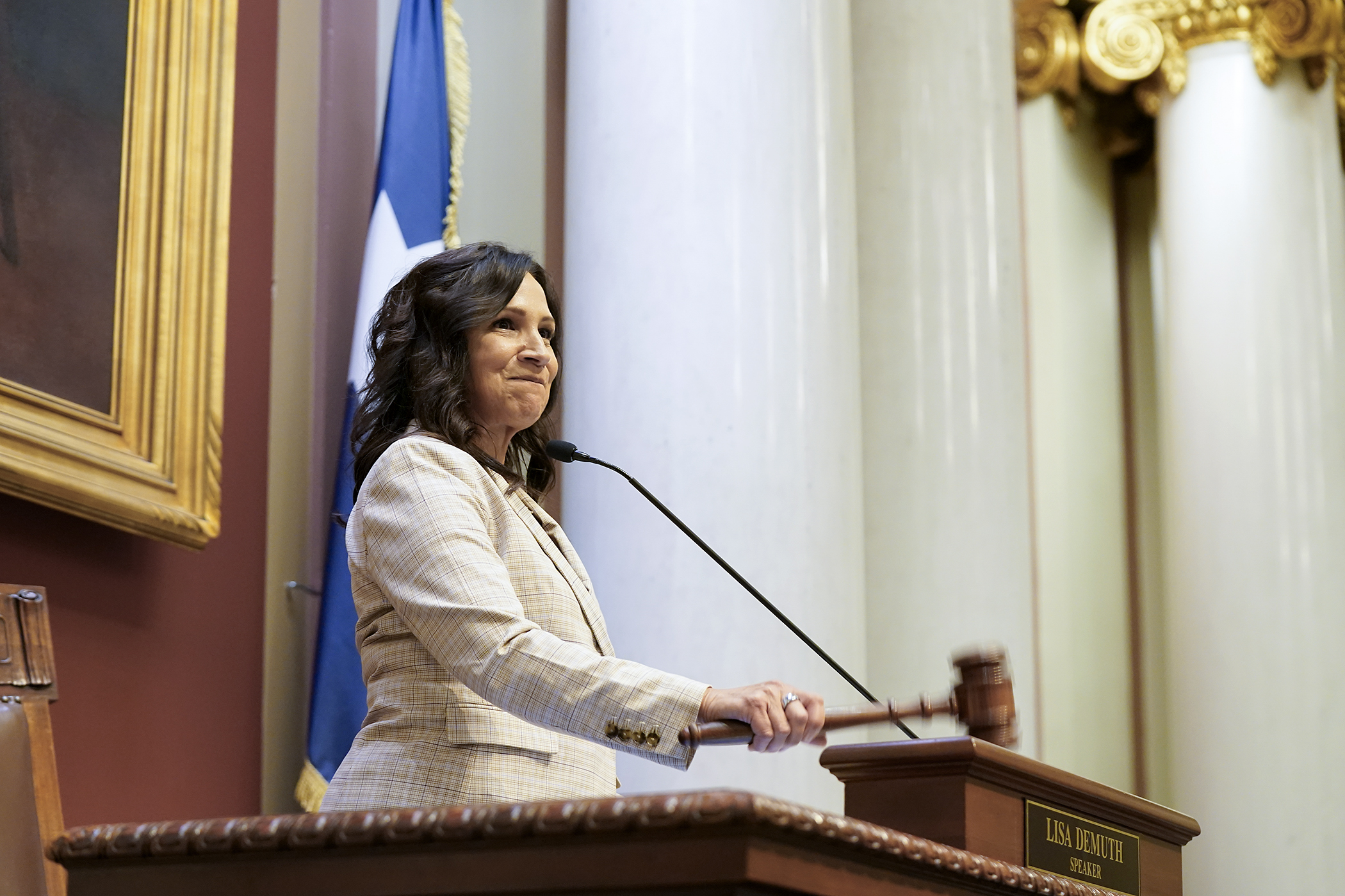Lawmaker proposes new Department of Direct Care and Treatment
Is the executive board or the commissioner model best for a state government agency?
That was the question before the House Human Services Finance and Policy Committee on Tuesday.
HF2037, as amended, would create the Department of Direct Care and Treatment – moving from the executive board model to the commissioner model.
It was laid over for possible inclusion in a larger bill.
“This bill is about accountability,” said Rep. Luke Frederick (DFL-Mankato), the bill sponsor. “It's about accountability to the people of Minnesota. It's making sure that we have a system in place that when we are spending a billion plus of taxpayer dollars we have the ability to say, ‘Hey, that's not OK we're taking action quicker than just legislative action.’”
Currently a division in the Department of Human Services, direct care and treatment delivers publicly funded, state-operated residential and nonresidential treatment services to persons with complex needs related to mental illness, substance use, and developmental disabilities.
A 2024 law established an executive board and defined the powers and duties of the board and the CEO, scheduled to start July 1, 2025. The board would take over all duties and authority currently vested in the department.
“My concern with the executive board model is that this executive board will meet a minimum of only four times a year and that’s it,” said Frederick. “They hire the CEO. The CEO then runs all direct care and treatment, which is a billion-dollar agency. If that CEO were to do something egregious that we don't support as a legislative body our ability would be extremely limited. Even the governor wouldn't be able to come in and fire that CEO.”
Rep. Mohamud Noor (DFL-Mpls) isn’t completely on board with the proposed change.
“Last year, we deliberated extensively on the model that we're seeing right now,” he said. “We looked at different models, like Hennepin Health and different places and different hospitals which are run by an executive board and they have a CEO. I think that structure is what compelled us to put a system whereby we can have an executive board run the safety net hospital for the state of Minnesota so they can become nimble so they can be able to address things as they come up.”
“We don't see the executive board model anywhere else in the state government at this same scale,” Frederick said. “We do need to move to that commissioner model just like every other state agency because we need that accountability. Collectively, as a community we're going to end up with a better product.”
Related Articles
Search Session Daily
Advanced Search OptionsPriority Dailies
Speaker Emerita Melissa Hortman, husband killed in attack
By HPIS Staff House Speaker Emerita Melissa Hortman (DFL-Brooklyn Park) and her husband, Mark, were fatally shot in their home early Saturday morning.
Gov. Tim Walz announced the news dur...
House Speaker Emerita Melissa Hortman (DFL-Brooklyn Park) and her husband, Mark, were fatally shot in their home early Saturday morning.
Gov. Tim Walz announced the news dur...
Lawmakers deliver budget bills to governor's desk in one-day special session
By Mike Cook About that talk of needing all 21 hours left in a legislative day to complete a special session?
House members were more than up to the challenge Monday. Beginning at 10 a.m...
About that talk of needing all 21 hours left in a legislative day to complete a special session?
House members were more than up to the challenge Monday. Beginning at 10 a.m...